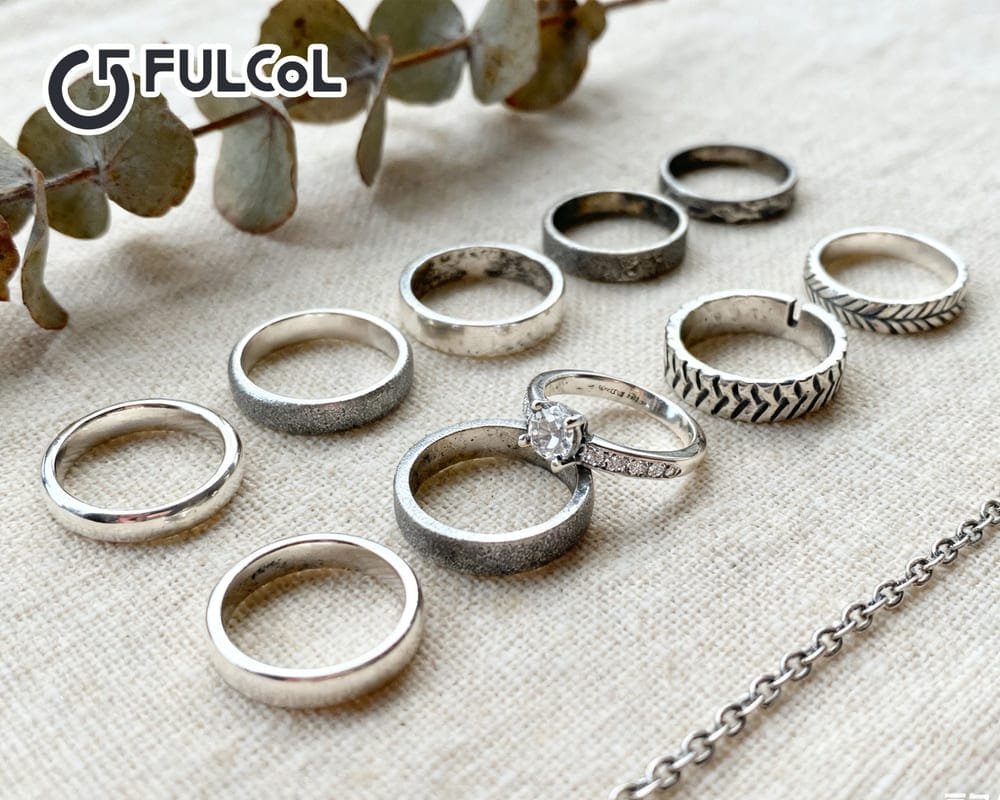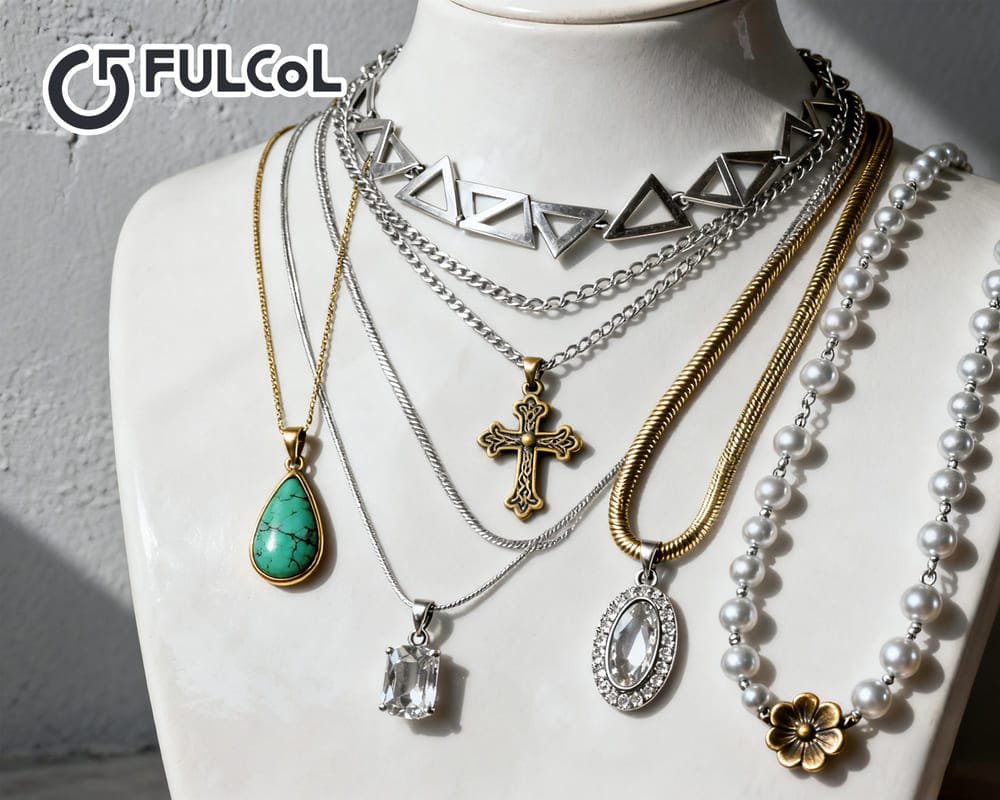Table of contents
When people think of jewelry, they often think of gleaming rings, dazzling necklaces, and exquisite earrings. However, few realize that behind the luster of these pieces lies a crucial process: electroplating. Especially for sterling silver jewelry, electroplating is an almost essential step.
In recent years, with the rise of custom sterling silver rings, more and more consumers desire jewelry that is not only beautiful but also long-lasting and resists fading or darkening. This demand has driven manufacturers to continuously innovate in electroplating techniques. The value of custom jewelry often lies not only in its unique design and premium materials, but also in the meticulous finish. Electroplating technology, as a key step, determines whether the jewelry will withstand the test of everyday wear.
From the ancient use of natural oils and polishing techniques to protect metals, to the modern use of advanced electroplating equipment in jewelry manufacturing, jewelry craftsmanship has always kept pace with the times. Especially in the field of sterling silver jewelry, electroplating not only enhances the appearance and texture, but also gives silver jewelry greater durability and market competitiveness. Electroplating is both a technology and an art form that preserves the long-lasting “freshness” of jewelry.
The Importance of Electroplating in Sterling Silver Jewelry
Sterling silver (usually referring to standard 925 silver with a silver content of 92.5%) is a metal material with excellent texture, ductility, and workability. However, it also has a significant drawback: it easily reacts with sulfur in the air, forming silver sulfide, a phenomenon commonly known as “blackening” of silver jewelry.
For everyday wearers, this discoloration not only affects the appearance but also makes the jewelry appear cheap. More importantly, unplated silver jewelry loses its luster more quickly after frequent contact with sweat, skincare products, or detergents. Therefore, without electroplating, sterling silver jewelry struggles to meet consumers’ expectations for a long-lasting shine.
The importance of electroplating lies primarily in the following aspects:
- Preventing oxidation and corrosion: The electroplating layer acts as an invisible protective layer for silver jewelry, effectively shielding it from air and external chemicals. Enhanced Appearance and Luster: Different electroplating materials can impart distinct visual effects to jewelry. For example, rhodium plating can create a mirror-like, bright white finish on silver jewelry.
- Improved Wearing Experience: High-quality electroplating also creates a smoother surface for silver jewelry, reducing discomfort caused by friction with the skin.
- Enhanced Market Competitiveness: When choosing jewelry, consumers often prefer products that maintain their beauty over time, and electroplating technology is the key to this.
Thus, electroplating is more than just a cosmetic enhancement; it is a core technology used by sterling silver jewelry manufacturers to win market and consumer trust.
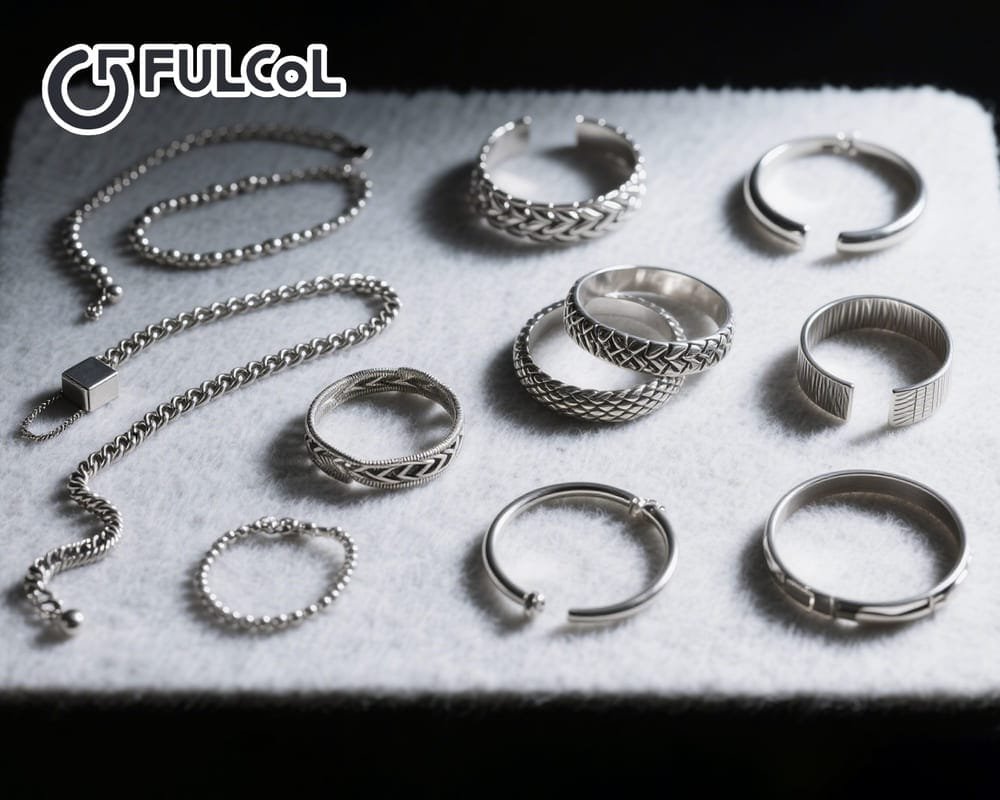
Common Types and Characteristics of Electroplating for Sterling Silver Jewelry
Sterling silver jewelry can be electroplated in a variety of ways, each with its own unique advantages and applications. The following are some of the most common and widely used types in the market:
Rhodium (Rh) Electroplating
Rhodium is a rare precious metal that typically exhibits a high-gloss, silvery-white color. Its use in electroplating enhances the appearance of silver jewelry while significantly improving its oxidation resistance. Many high-end jewelry brands choose rhodium plating because it not only enhances its appearance but also ensures that the jewelry retains its luster over years of wear.
Gold (Au) Electroplating
Gold electroplating can create a variety of effects, such as classic golden yellow, gentle rose gold tones, and even modern light gold. For sterling silver jewelry, gold electroplating can create the visual effect of “gold jewelry” while being more affordable, making it popular among young consumers.
Platinum (Pt) Electroplating
The greatest advantages of platinum electroplating lie in its natural precious metal texture and high corrosion resistance. Compared to rhodium, platinum has a slightly softer color, making it suitable for those who seek understated luxury.
Black Rhodium Electroplating
In recent years, black jewelry has become a new fashion trend. Sterling silver jewelry plated with black rhodium can create a unique and personalized effect, especially suitable for modern or trendy designs.
Palladium (Pd) Electroplating
Palladium is an environmentally friendly electroplating material that has been gaining popularity in the jewelry industry in recent years. It not only effectively prevents silver jewelry from tarnishing, but also has good biocompatibility, making it suitable for sensitive skin.
Different electroplating methods determine the visual style and market positioning of silver jewelry. Manufacturers often choose the most suitable electroplating material based on design requirements, target customer groups, and price range.
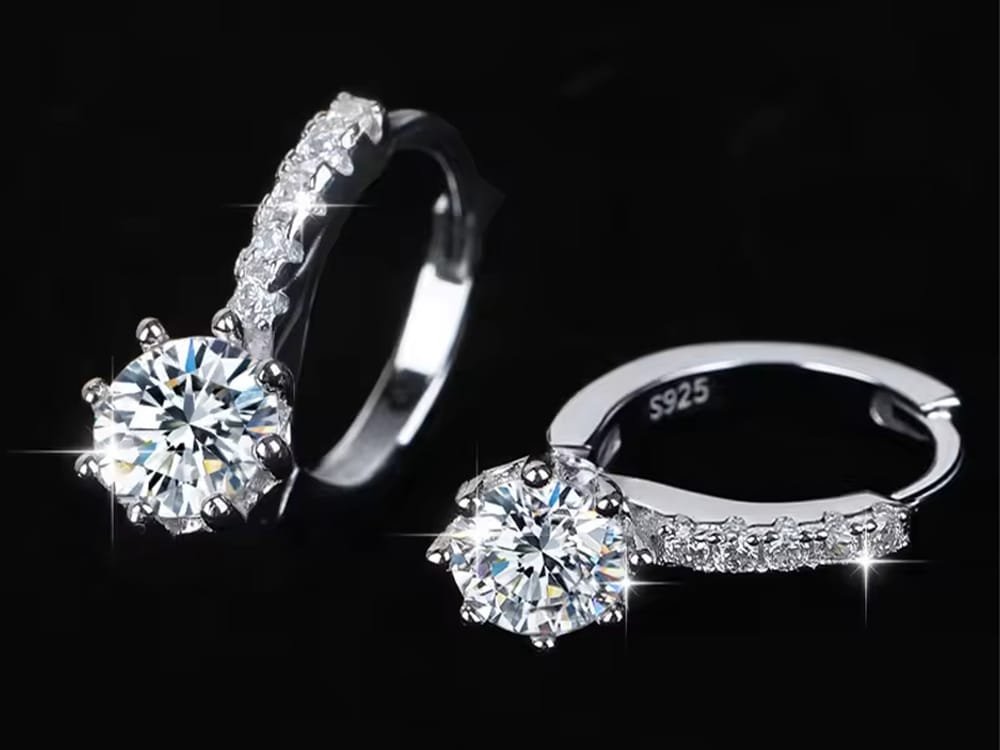
Detailed Electroplating Process: From Polishing to Finished Product
Electroplating isn’t simply immersing metal in a liquid; it’s a complex and highly specialized process. Generally, the electroplating process for sterling silver jewelry includes the following key steps:
Pre-treatment
Pre-plating treatment is crucial. Failure to thoroughly clean the surface of jewelry will result in poor adhesion of the plating, thus reducing its lifespan. Typically, factories use a variety of methods, including polishing with a polishing machine, ultrasonic cleaning, and chemical cleaning, to ensure the silver jewelry’s surface is free of oil, oxides, and impurities.
Electrolytic Cleaning and Activation
This step is equivalent to giving the jewelry a “deep conditioning” treatment. Treatment with a weak acid or alkaline solution further removes minute impurities and activates the metal surface, making it more receptive to the electroplating layer.
Deposition of the Plating
This is the core step of electroplating. The jewelry acts as the cathode in the electrolytic bath. Under the action of an electric current, metal ions in the plating solution gradually deposit onto the surface of the silver jewelry, forming a uniform coating. During this process, parameters such as current, electrolyte concentration, and temperature must be precisely controlled.
Coating Thickness Control
A coating that is too thin can easily wear out quickly, while one that is too thick can compromise appearance and even lead to costly losses. Generally, rhodium plating thickness ranges from 0.1 to 0.3 microns, while gold plating can reach 0.5 to 2 microns depending on demand.
Finished Product Inspection
After electroplating, jewelry undergoes rigorous testing. For example, gloss testing, adhesion testing, and salt spray corrosion testing ensure the coating is both aesthetically pleasing and durable. High-end manufacturers also use X-ray fluorescence spectrometry to measure coating thickness to ensure that quality meets international standards.
This entire process requires specialized technicians, and oversight at any step can compromise the final result. Therefore, electroplating is more than just a technical skill; it is a craftsmanship that requires meticulous attention to detail.
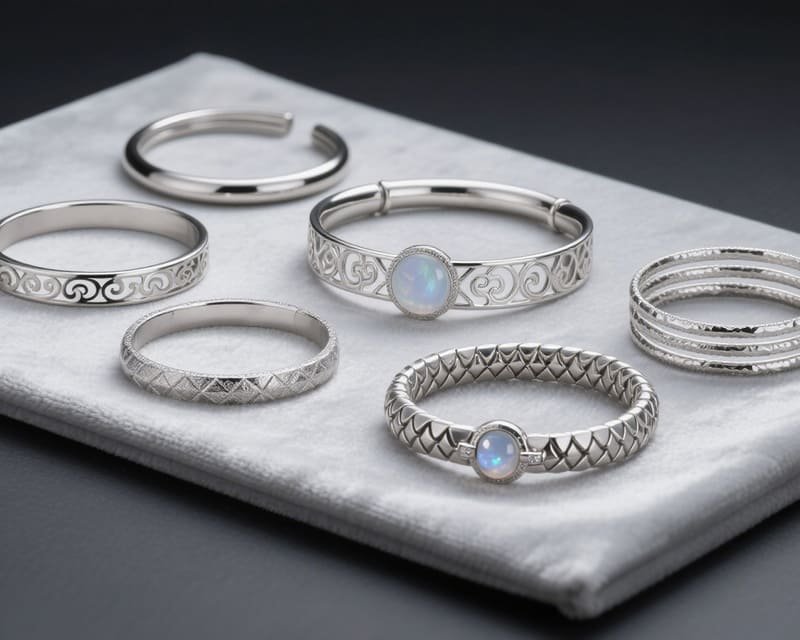
Fulcol’s Advantages and Applications in Electroplating Technology
As a manufacturer specializing in custom silver and brass jewelry, Fulcol’s expertise in electroplating technology cannot be underestimated.
First, Fulcol is equipped with advanced electroplating equipment and testing instruments, enabling strict control of every process step to ensure uniform and secure plating. Whether manufacturing large quantities or custom orders, Fulcol provides customers with consistent, high-quality electroplating results.
Second, Fulcol boasts an experienced team of technicians who are not only familiar with traditional rhodium and gold plating processes, but also continuously explore the possibilities of environmentally friendly and personalized electroplating. For example, they offer nickel-free plating solutions for customers in the European and American markets, complying with local regulations while also meeting the needs of sensitive individuals for hypoallergenic jewelry.
In terms of application examples, Fulcol has designed and produced electroplated rings, necklaces, and bracelets for numerous brands. For example, a 925 silver ring inlaid with zircon, for example, is enhanced with rhodium plating, ensuring its brilliance and long-lasting whiteness. Another rose gold necklace, achieved through gold electroplating, achieves a warm, soft hue, making it a favorite among young women.
| Start Your Custom Order | Email: info@fulcol.com | Number: +86 13055603907 |
These examples fully demonstrate the value of electroplating technology in jewelry manufacturing and highlight Fulcol’s flexibility and innovation in meeting diverse customer needs. In modern jewelry manufacturing, electroplating is no longer just a minor process; it’s now a crucial factor in the success of sterling silver jewelry in the market. It not only addresses the natural flaw of silver jewelry, which is prone to oxidation, but also allows jewelry to display a wider variety of styles and colors.
In the future, electroplating technology will develop towards greater environmental friendliness and personalization. For example, the widespread adoption of green electroplating technology can reduce environmental pollution, while multi-color electroplating offers consumers a wider range of choices.
As a professional sterling silver manufacturer, Fulcol’s continuous investment in electroplating ensures that its products meet international quality standards while satisfying the market’s demand for both style and durability. For consumers, this means that every piece of silver jewelry they purchase is a work of exquisite beauty and quality.



